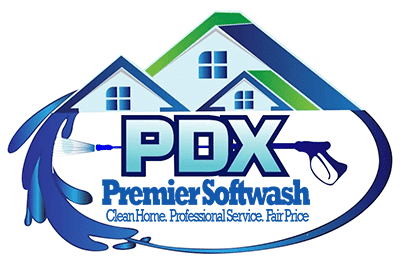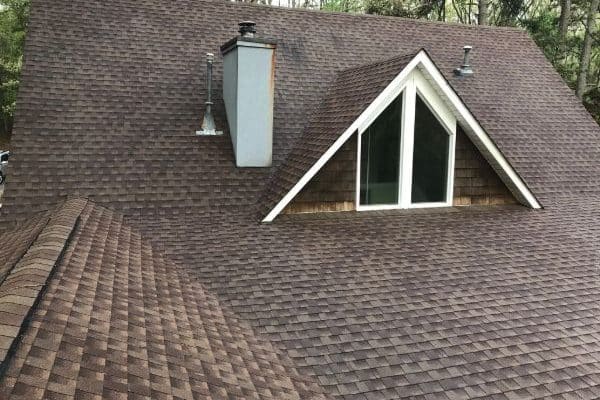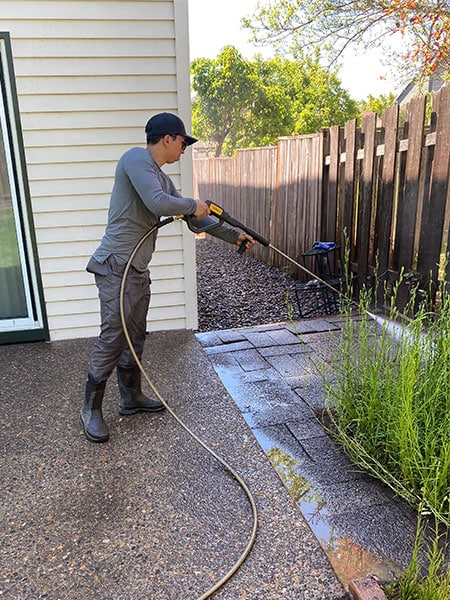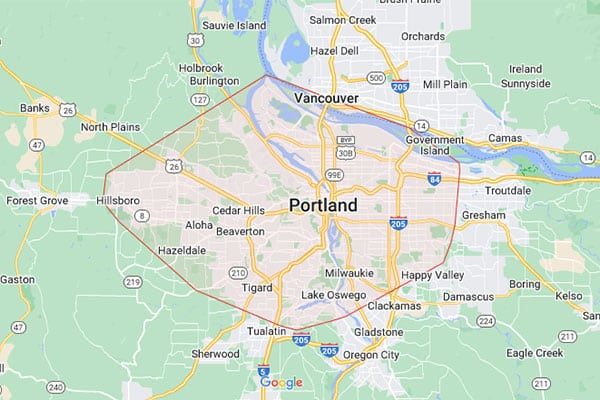Soft washing has become increasingly popular as a safe and effective method for cleaning exterior surfaces, from roofs and siding to decks and fences. But one common question that often arises is, “How long does soft washing actually last?” In this blog post, we’ll delve into the factors that influence the longevity of soft washing and provide insights into how to maximize its effectiveness.
Understanding Soft Washing
Before delving into its longevity, let’s briefly recap what soft washing entails. Unlike pressure washing, which utilizes high-pressure water to forcefully remove dirt and grime, soft washing involves the use of low-pressure water combined with specialized cleaning solutions. These solutions are designed to penetrate and break down contaminants like algae, mold, mildew, and dirt without causing damage to delicate surfaces.
Factors Influencing Longevity
Several factors can influence how long the effects of soft washing last:
Type of Surface: Different surfaces have varying levels of susceptibility to dirt and contaminants. For example, surfaces with rough textures or porous materials may accumulate dirt more quickly than smoother surfaces.
Environmental Conditions: The climate and environmental factors in your area can affect the longevity of soft washing results. For instance, areas with high humidity or frequent rainfall may experience faster regrowth of mold and algae.
Quality of Cleaning Solution: The effectiveness of the cleaning solution used during soft washing plays a significant role in how long the results last. High-quality solutions are formulated to not only remove contaminants but also inhibit their regrowth.
Preventive Measures: Implementing preventive measures, such as applying protective coatings or regularly maintaining surfaces, can prolong the effects of soft washing. These measures create a barrier that helps prevent the accumulation of dirt and contaminants.
Maximizing Longevity
While soft washing can provide excellent results, there are steps you can take to maximize its longevity:
Regular Maintenance: Schedule periodic soft washing treatments to prevent the buildup of dirt and contaminants. Regular maintenance can prolong the lifespan of surfaces and ensure they remain clean and pristine.
Address Underlying Issues: Identify and address any underlying issues that contribute to the accumulation of dirt and contaminants. This may include repairing leaks, improving drainage, or trimming overhanging vegetation.
Professional Service: Hiring a professional soft washing service ensures that the job is done thoroughly and effectively. Professionals have the expertise, experience, and equipment to deliver long-lasting results.
Follow-Up Treatments: Depending on the severity of contamination and environmental conditions, follow-up soft washing treatments may be necessary to maintain cleanliness and prevent regrowth of contaminants.
Conclusion
In conclusion, the longevity of soft washing results depends on various factors, including surface type, environmental conditions, and preventive measures. By understanding these factors and implementing appropriate strategies, you can maximize the effectiveness of soft washing and enjoy clean, beautiful surfaces for an extended period. Whether it’s your home’s exterior, roof, or outdoor amenities, soft washing offers a safe, eco-friendly solution for maintaining cleanliness and curb appeal.











